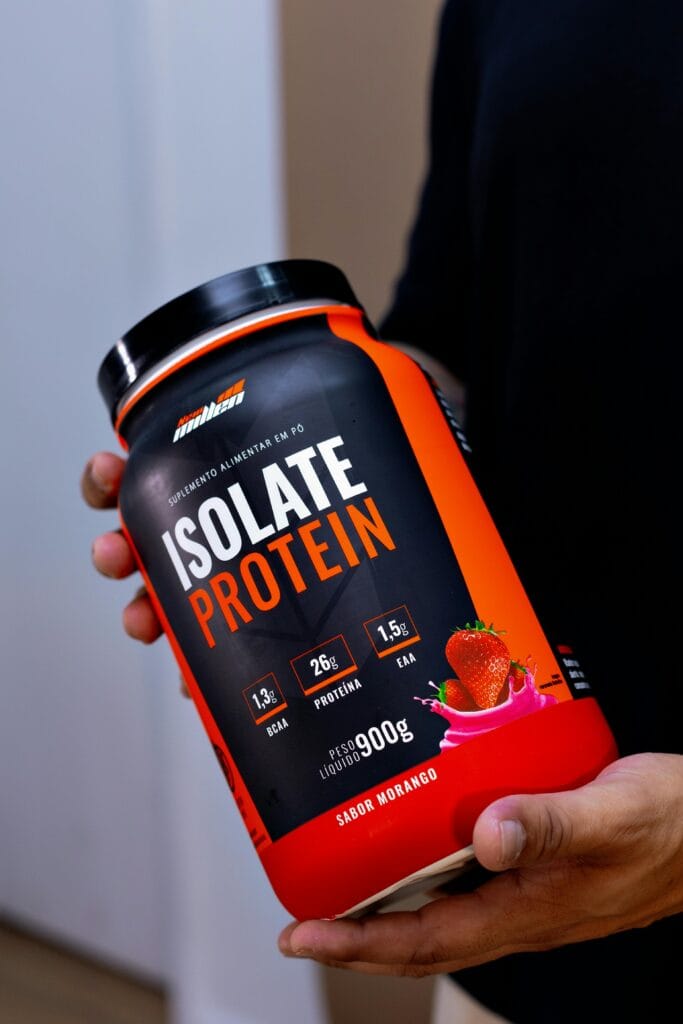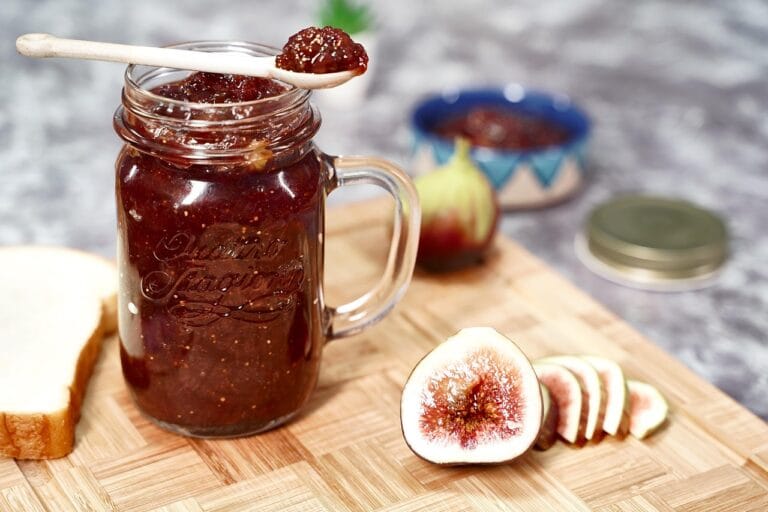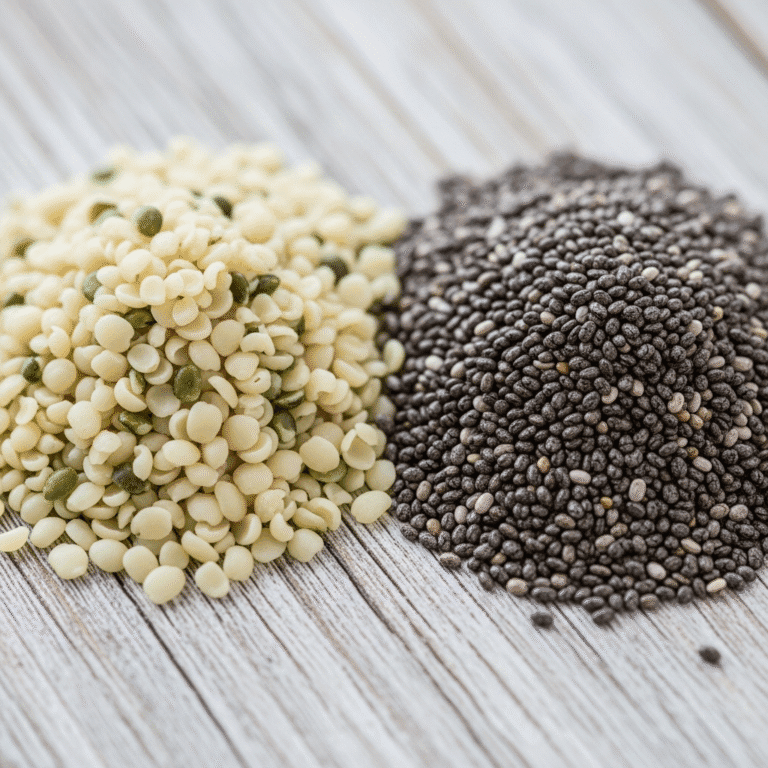FREE SHIPPING OVER $50
Stop Mixing These 5 Ingredients With Protein Powder—Dietitians Say They Sabotage Your Gains

You’ve invested time, effort, and money into your fitness routine, and you rely on protein powder to maximize your results. You follow the science: you hit your daily protein goal, you time your post-workout shake, and you aim for muscle growth and better nutrition. Yet, if you’re not seeing the gains you expect, or if you’re suffering from frustrating bloating and stomach issues after every shake, the problem might not be the powder itself.
The biggest mistake people make isn’t the protein—it’s the seemingly innocent ingredients they add to the shaker bottle or blender. Dietitians and nutrition experts warn that certain mix-ins can actively work against your goals, stalling recovery, slowing down absorption, and adding unnecessary calories and digestive stress. It’s time to clean up your shake routine. We are revealing the 5 ingredients you must stop mixing with protein powder because they are quietly sabotaging your gains.
The Protein Paradox: Why Absorption is Everything
The primary goal of consuming protein powder is to deliver a rapid supply of amino acids to your muscles to kickstart Muscle Protein Synthesis (MPS) and speed up recovery. For this to happen, the protein must be absorbed quickly and efficiently.
When you add the wrong ingredients to your shake, you fundamentally change the shake’s digestive environment. You slow down the rate at which the protein can be processed, potentially dragging the “fast” whey protein down to the speed of a slow-digesting meal. This delay in delivery means you miss the crucial anabolic window—the time when your muscles are most primed to utilize those nutrients. Dietitians emphasize that sabotaging the speed of absorption is the same as sabotaging your efforts to build muscle and achieve optimal nutrition.
Dietitians Say: Stop Mixing These 5 Ingredients with Protein Powder
These five common additions, while often healthy in other contexts, are poor partners for your protein powder when maximizing gains is the goal.
1. High-Fiber Powders (Psyllium Husk, Flax Seed Meal, etc.)
The Mistake: Adding a heavy dose of fiber (like a tablespoon of chia seeds or psyllium) to your post-workout shake.
How It Sabotages Gains: Fiber is fantastic for general gut health and satiety, but it acts like a sponge in your stomach. It drastically slows the rate of gastric emptying, meaning your protein powder sits in your stomach longer before reaching the small intestine for absorption. Dietitians state that this defeats the purpose of fast-digesting whey protein, dragging out the delivery of amino acids and potentially missing the anabolic window entirely.
The Fix: Consume your fiber supplements or high-fiber foods in a separate meal, hours before or after your post-workout shake. Keep the shake quick and clean.
2. Excessive Fats (High amounts of Coconut Oil, Nut Butters)
The Mistake: Dumping multiple tablespoons of peanut butter, almond butter, or adding MCT oil or coconut oil for flavor or added nutrition.
How It Sabotages Gains: Fat is the slowest macronutrient to digest. Just like fiber, adding excessive fat significantly delays the stomach emptying process. While a small amount of fat won’t hurt, using fat as a primary addition can slow protein absorption for hours. This delay keeps insulin levels low and prevents the rapid amino acid delivery needed to switch the body from catabolic (breakdown) to anabolic (building) mode. Furthermore, this can contribute to bloating and stomach issues for sensitive individuals.
The Fix: Stick to water or unsweetened almond milk as your liquid base. If you need healthy fats, eat them with your first solid meal after the anabolic window has closed.
3. Cow’s Milk (Especially Full-Fat Milk)
The Mistake: Using traditional milk instead of water or unsweetened dairy alternatives.
How It Sabotages Gains: While milk contains protein (casein and whey), it also contains lactose (a sugar) and, if using 2% or whole milk, a significant amount of fat. This combination makes the entire beverage slower to digest. The casein, being a slow-digesting protein, slows down the rapid absorption of the powdered whey. For many people, lactose is also a common trigger for bloating and digestive discomfort, actively sabotaging their feeling of wellness and energy post-workout.
The Fix: Opt for water or unsweetened, non-dairy alternatives like almond, soy, or cashew milk. These options are low in fat and lactose, preserving the shake’s fast-acting nature.
4. High-Acidity Liquids (Lemon/Lime Juice or Heavy Vinegar)
The Mistake: Adding acidic fruit juices or concentrated liquids like apple cider vinegar to your shake, often for supposed detox benefits.
How It Sabotages Gains: Extremely acidic liquids can potentially denature (change the structure of) the protein powder itself. While your stomach acid is much stronger, introducing highly acidic fluids can sometimes affect the solubility and texture of the shake, leading to a clumpy, slower-digesting mix that is difficult on the stomach. More importantly, the change in pH can slow down the enzymes responsible for breaking down the protein, interfering with maximum absorption.
The Fix: If you want a mild flavor, use a few berries or a small amount of non-acidic fruit. Save your vinegar shots for a different time of day.
5. Excessive Simple Sugars (Candy, Syrup, Sweeteners)
The Mistake: Adding high-fructose corn syrup, maple syrup, or even sugary ice cream to make the shake taste better.
How It Sabotages Gains: While you need some simple carbohydrates post-workout to spike insulin and replenish glycogen, excessive added sugar is counterproductive to fat melting. Your body will prioritize burning those simple sugars rather than tapping into stored body fat. This quickly turns a recovery shake into a high-calorie bomb that undermines your nutrition goals, particularly if you are trying to lean out or focus on body recomposition.
The Fix: Use a small piece of fruit like a banana or dates for natural sugar. If you need sweetness, use a small amount of zero-calorie sweetener (like stevia or monk fruit) that won’t interfere with your blood sugar levels or add unwanted calories.
The Optimal Shake: A Formula for Maximum Gains
To maximize your gains and recovery, dietitians recommend simplicity. Your post-workout shake should consist of three things, especially in the 1 hour of training:
- Fast-Digesting Protein: Whey Isolate (20-40g).
- Simple Carb Source: A banana, a scoop of maltodextrin, or a few dates (40-60g).
- Low-Fat Liquid Base: Water, unsweetened almond milk, or coconut water.
By understanding the true purpose of the anabolic window and avoiding these 5 ingredients, you can ensure every scoop of protein powder you consume is working as hard as you do to build muscle and accelerate your nutrition progress. Stop slowing down your gains and start fueling your body the smart, efficient way.
Related Articles
- The Energy Crisis Fix: 9 Vitamin B6 Foods That Turbo-Charge Your Metabolism and Stop Afternoon Crashes
- The Silent Supplement Transforming Gut Health, Muscle Recovery, and Brain Power
- Stop Wasting Money on Vitamin B12 Supplements —These 10 Foods Boost Brainpower Naturally
- Craving Fries? This Science-Backed Potato Hack Helps You Avoid Blood Sugar Spikes
- Tired of Feeling Hungry Before Lunch These 10 Breakfast Hacks Pack Serious Fiber and Protein



